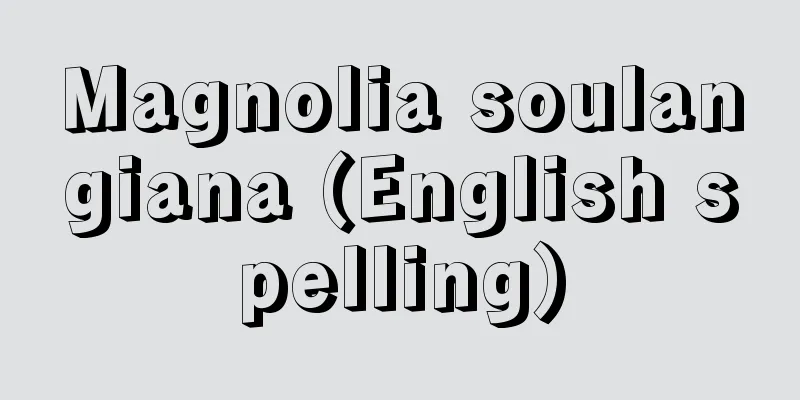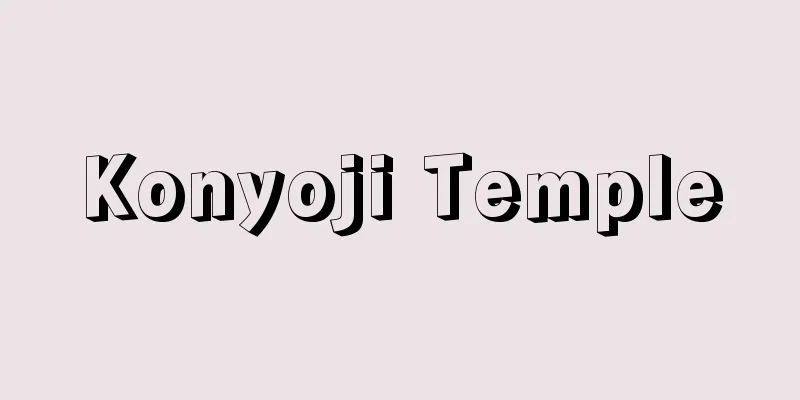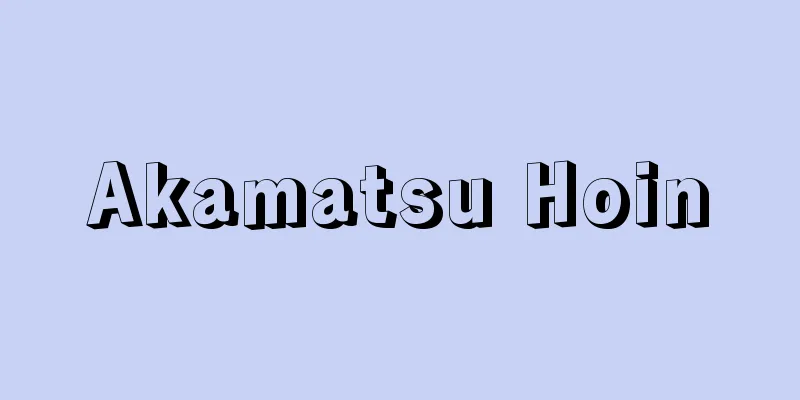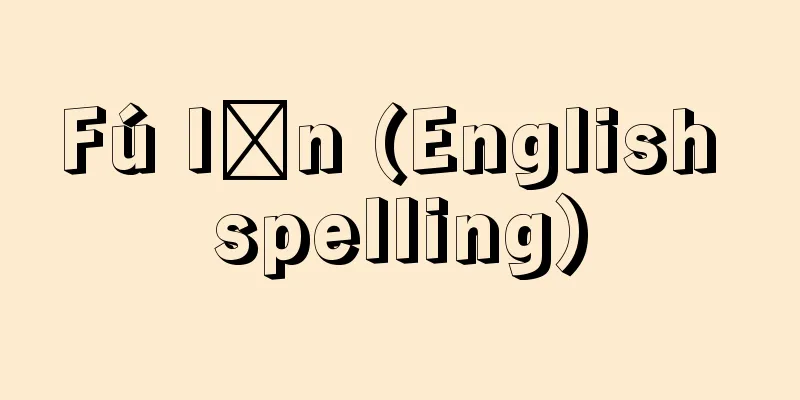Western Xia script - Seikamoji

|
The official script of the Western Xia Dynasty was promulgated in 1036 and used for about 400 years. There are 6,000 characters in total, and the writing styles include regular script, running script, cursive script, and seal script. It has a shape similar to Chinese characters and is made up of a combination of elements such as radicals, side characters, and crowns, but unlike Chinese characters, there are no pictographic or ideographic characters, and the overwhelming majority of characters are compound characters created based on the unique ideas of the Western Xia people, and there are also phono-semantic characters. For example, adding the skin radical to "血" (blood) makes it "血" (blood vessels) (compound ideogram), and the ngah "空" (empty) is used as a musical notation to create the ngah "ぽ" (pour) (phono-semantic). The symmetrical characters "人" (person) and "心" (heart) and "盗す" (steal) and "盗人" (stealer) are also distinctive, created by arranging the same elements on the left and right ("集", "双"), or by reversing the arrangement of the elements. There were also two procedures for creating derived characters from basic characters. [1] A joining method in which a different element is added to a basic character, such as adding a gold crown to "kiru" (to cut) to make "nokogiri" (saw). [2] A substitution method in which a part of a basic character is replaced with a different element, such as replacing the side character of "moji" (character) with the radical of "tsukuru" (to make) to make "brush." The relationships between the characters are interesting. The Western Xia people did not invent these ideographic characters simply to imitate Chinese characters, but also to provide a convenient means of communication for the various minority tribes within the Western Xia, who could communicate the same meaning no matter how it was pronounced. A large amount of material remains, ranging from various Buddhist scriptures and treatises to legal documents, literature, poetry, aphorisms, and even fortune-telling slips, and the daily life of the Western Xia people is also recorded in these characters. These characters were still in use after the fall of the Western Xia. [Tatsuo Nishida] "The Xixia script - the process of deciphering it" by Nishida Tatsuo (1980, Tamagawa University Press)" ▽ "The Xixia script Huayan Sutra, 3 volumes, by Nishida Tatsuo (1975-77, Kyoto University Faculty of Letters)" ▽ "The Undeciphered Characters of Asia" by Nishida Tatsuo (1982, Taishukan Shoten) [Reference] |Source: Shogakukan Encyclopedia Nipponica About Encyclopedia Nipponica Information | Legend |
|
1036年に公布されて、以後約400年余り使われた西夏国の国定文字。全部で六千数百字あって、書体には、楷書(かいしょ)、行書、草書、篆(てん)書がある。漢字によく似た形をもち、偏、旁(つくり)、冠(かんむり)などの要素の組合せでつくられるが、漢字とは違って象形字や指事字はなく、西夏人の独特の発想を背景として構成される会意字が圧倒的に多く、形声字もある。たとえば、「血」に皮偏をつけると「血管」になり(会意)、「空(から)」ngahを音符として「注ぐ」ngahがつくられる(形声)。左右に同じ要素を並べたり(「集」、「双」)、要素の配置を左右逆にしてつくられる対称文字「人」と「心」、「盗む」と「盗人」も特徴的である。また、基本字から派生字をつくるのに二つの手順があった。〔1〕基本字に別の要素を添加する接合法、「切る」に「金冠(かねかんむり)」をつけて「のこぎり」。〔2〕基本字の一部を別の要素と入れ替える置き換え法、「文字」の旁を「造る」の偏と置き換えて「筆」。 文字相互の間の関連づけがおもしろい。西夏人がこのような表意文字を考案したのは、単に漢字を模倣しただけではなく、西夏国内でいろいろのことばを話す少数部族に、どのように発音しても同じ意味を伝達できる便利な通達手段を与えるためであった。種々の仏教経典、論典はもとより、法律文書、文学、詩、格言からおみくじに至るまで、多量の資料が残り、西夏人の日常生活もこの文字によって記録されている。西夏国滅亡以後もなおこの文字は使われていた。 [西田龍雄] 『西田龍雄著『西夏文字――その解読のプロセス』(1980・玉川大学出版部)』▽『西田龍雄著『西夏文華厳経』全3巻(1975~77・京都大学文学部)』▽『西田龍雄著『アジアの未解読文字』(1982・大修館書店)』 [参照項目] |出典 小学館 日本大百科全書(ニッポニカ)日本大百科全書(ニッポニカ)について 情報 | 凡例 |
>>: Qi-jia-ping Ruins - Qi-jia-ping Ruins
Recommend
Mr. Kamei - Kameiuji
A feudal lord family from the early modern period...
Image, J.
...Several feature-length animated films were pro...
Gilbreth, LEM - Gilbreth
…Using a high-speed camera, he analyzed work move...
Dromia dehaani (English spelling)
This is a large crab of the Crustacea family, Cryp...
Tanba cloth
This is a loosely woven striped cotton fabric made...
Mazaka
…Population: 454,000 (1994). An ancient trading c...
Ikei - Ikei
〘 noun 〙 A rare scheme. An excellent strategy. ※Ge...
Kokufu (English spelling) national wealth
Roughly speaking, national wealth is the accumula...
Neotoma lepida (English name) Neotomalepida
…[Tadaaki Imaizumi]. … *Some of the terminology t...
Seahorse - Seahorse
→Seahorse Source : Heibonsha Encyclopedia About My...
Andrew
An early Christian apostle. His Greek name Andreas...
Arabesque - Arabesque (English spelling) French
The original meaning is "Arabic style,"...
Ogata Dohaku
...A painter from the mid-Edo period. His given n...
White kerria - White kerria
A deciduous shrub of the Rosaceae family (APG cla...
Language
...In addition, since 1955, the unpublished manus...









